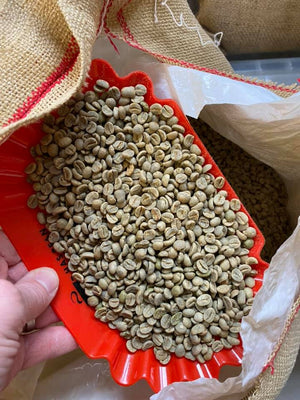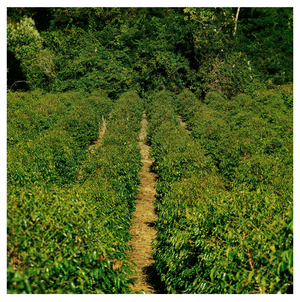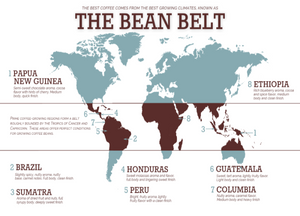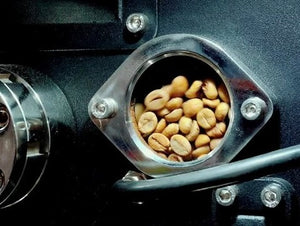Education Hub
Thinking about opening your own café, already working in the hospitality industry, or simply a fan of a great cup of coffee? Keep reading to get some fresh insights into the world of coffee.

Brewing & Extraction
Brewing is the crucial step where the potential flavour of the coffee bean is unlocked, turning it from a raw green bean into a delicious cup. The most common brewing methods include Espresso, Drip Coffee, Moka Pot, French Press (Cafetiére), Percolator, and Siphon. Coffee beans are made primarily of cellulose, which is similar to wood and doesn’t dissolve in water, forming the grounds you discard after brewing.

The strength of your coffee is an important factor to understand. Many people misuse the term, especially when it’s seen on supermarket packaging, where it typically refers to how dark the roast is and the bitterness level. Coffee strength, however, should be thought of in the same way as alcohol strength. For instance, a 5% strength beer means 5% of the drink is alcohol, just as a stronger coffee has a higher percentage of dissolved coffee grounds in the water.

Green Beans & Coffee Bean Types
Green coffee beans are the seeds of the coffee plant, and without them, coffee wouldn’t exist. They come in various shapes, sizes, and colours, influenced by the variety (Arabica or Robusta), the location, altitude, growing conditions, and many other factors.
Harvesting methods include Machine Harvesting, Hand Picking, and Strip Picking. After harvesting, cherries are sorted in a flotation tank: ripe cherries sink, and unripe ones float, ensuring the best beans move forward for processing.

There are three main coffee bean types: Arabica, Robusta, and Liberica. Coffee trees typically only produce one harvest per year, with the fruit taking up to nine months to mature. Coffee trees are susceptible to pests and diseases, like coffee leaf rust and the coffee berry borer, so careful harvesting of the cherries is essential. Beans picked at their peak ripeness tend to make the best-tasting coffee.

Where Do Coffee Beans Come From?
Coffee beans are grown all over the world but only in the ‘coffee belt,’ which stretches through tropical regions of Africa, Asia, and the Americas.
The processing stage can dramatically impact the taste of the final cup. There are several methods, such as Natural, Washed, Semi-Washed, Honey, and various Hybrid Processes. The goal is to remove the beans from the cherry flesh and dry them for safe storage. Green coffee beans start with around 60% moisture and should be dried to about 10-12% to avoid spoilage.
After processing, beans are hulled to remove the parchment layer and then bagged, often in jute bags lined with polyethylene, for shipping.

Roasting
Roasting is where the magic happens! The green bean, which has little to no flavour, is transformed into the aromatic and complex coffee we know. Roasting can be done slowly (14-20 minutes) or quickly (as fast as 90 seconds for lower-quality beans). Slow roasting causes a greater weight loss (around 16-18%), but it usually produces a better flavour profile.

Roasters control three key aspects of the final taste—Sweetness, Bitterness, and Acidity—by adjusting the roast time. A darker roast generally reduces acidity while increasing bitterness, while sweetness peaks between the high points of acidity and bitterness. A darker roast is often used for milk-based coffee, as it stands up well to milk’s creaminess.

Tasting & Sensory
When it comes to tasting, coffee’s key traits include Sweetness, Acidity, Mouthfeel, Balance, and Flavour. Our taste buds detect basic flavours like sweetness and bitterness, while the more nuanced flavours, such as chocolate or caramel, are sensed through the nose. The interplay of taste and smell makes for a richer coffee-tasting experience.

Final Tip!
Coffee is a personal experience! Experiment with brewing methods, ratios, and even the type of coffee you use. Some roasters avoid Robusta beans altogether, while others embrace them. There’s no wrong way to enjoy coffee—just go with what tastes best to you!
Happy brewing!

